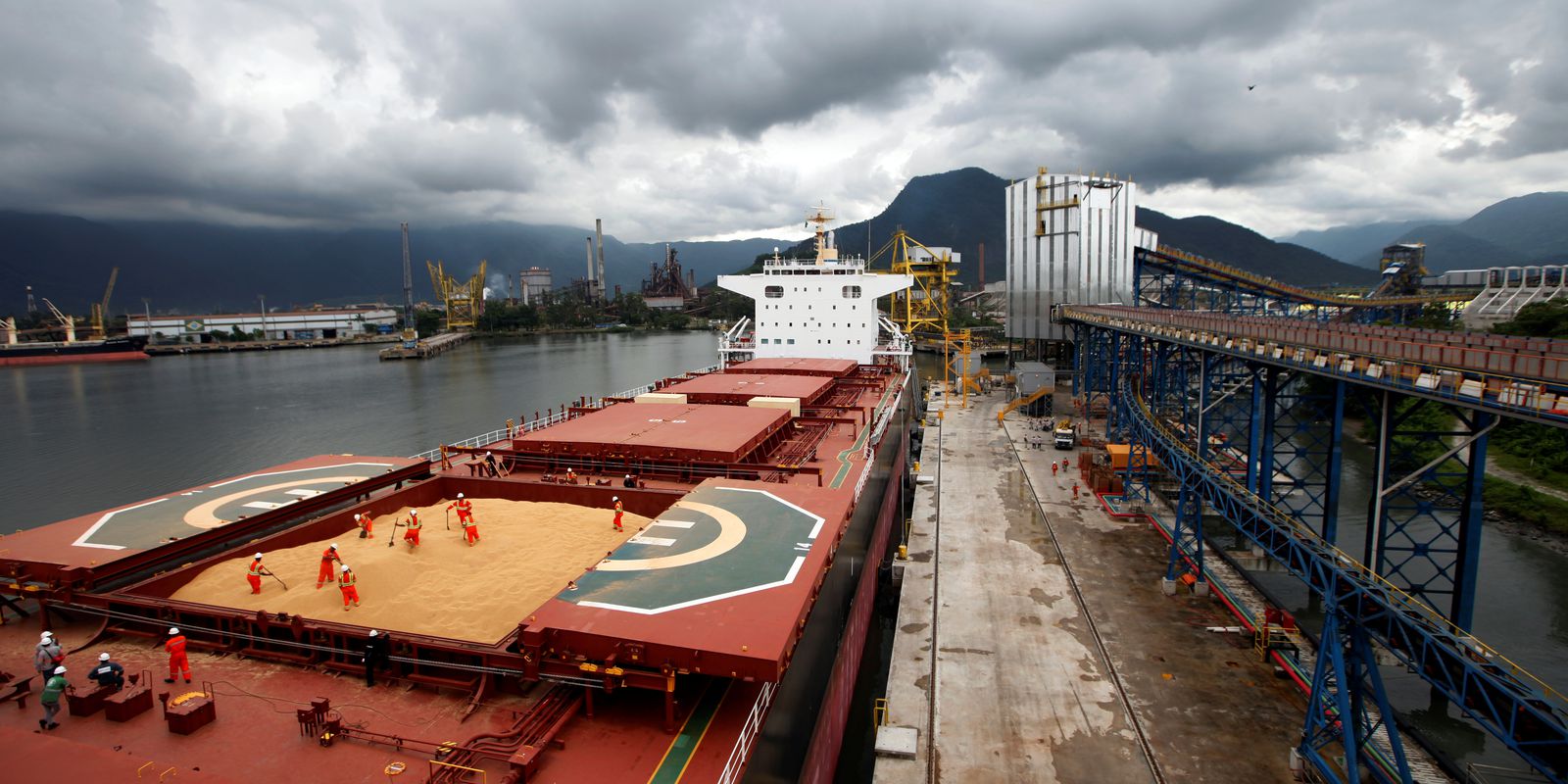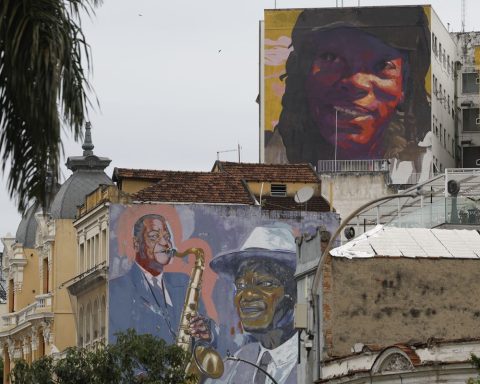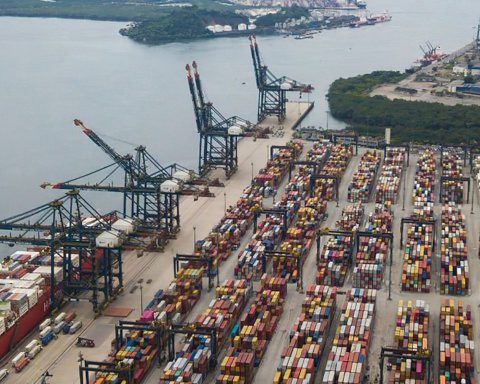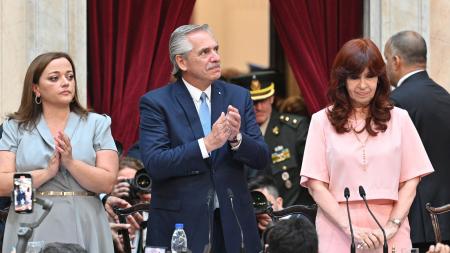The drop in exports of coffee, beef and oil made the trade balance surplus retreat in February. Last month, the country exported US$ 2.837 billion more than it imported, even so there was a decrease of 35.3% in relation to February last year, when the balance had registered a surplus of US$ 4.629 billion. Despite the drop, this is the third best result for the month, second only to February 2022 and 2017.
In the first two months of the year, the trade balance accumulates a surplus of US$ 5.446 billion. This represents 19.2% more than that recorded in the same months last year based on the daily average. The accumulated balance is the second best for the period since the beginning of the historical series, in 1989. It only loses to the surplus of US$ 6.722 billion in the first two months of 2017.
Last month, Brazil sold US$ 20.56 billion abroad and bought US$ 17.723 billion. Exports fell 7.7% compared to February 2022, according to the daily average criterion, but the value is the second best for the month, second only to last year. Imports fell 0.9% based on the daily average and reached the third highest monthly value in history, second only to February 2022 and 2014.
In the case of exports, the drop is due more to the decrease in traded volume than to the international prices of goods. Last month, the volume of exported goods fell by an average of 12.3% compared to February last year, while average prices fell by 0.8%.
In imports, the quantity purchased fell by 6.3%, reflecting the slowdown in the economy, but average prices increased by 1.2%. The rise in prices was driven mainly by chemical compounds and medicines, items that became more expensive after the start of the war between Russia and Ukraine. Chemical fertilizer prices, which rose sharply last year, fell by 19.7% from February 2022 to February 2023.
Sectors
In the agricultural sector, the delay in shipments weighed more on the drop in exports, despite the appreciation of commodities (primary goods with international quotation). The average price advanced 8.4% in February compared to the same month of 2022, while the volume of goods shipped fell 13.1%. In the manufacturing industry, the quantity exported dropped 5.4%, with the average price increasing 4.2%.
In the extractive industry, which encompasses the export of ores and oil, the quantity exported fell by 29.4%, and average prices dropped by 17.3% in relation to February last year.
Crude oil once again drove the drop in exports, with volume retreating 58.8% and prices falling 22%. This occurred because of the maintenance of Petrobras platforms. After a year of continuous highs, oil prices are falling because the effects of the war in Ukraine and the economic recovery after the most acute phase of the covid-19 pandemic have already been incorporated into quotations.
In the comparison between February last year and this year, the products with the greatest prominence in the drop in agricultural exports were raw cotton (73.1%), unroasted coffee (44.3%) and soy (3%) in agriculture.
In the extractive industry, the biggest drops were registered in exports of stone, sand and gravel (68.4%), crude petroleum oils or oils from bituminous minerals, crude (67.9%) and nickel ores and concentrates (100% ). In the manufacturing industry, the biggest falls occurred in rolled steel (57.6%) and beef (27%), reflecting the suspension of exports to China after the discovery of the case of mad cow disease in Paráand sugars and molasses (19.2%).
As for imports, the biggest falls were registered in wheat and rye, not ground (21.6%); horticultural products (24.7%) and latex (41.4%), in agriculture; other base metal ores and concentrates (16.1%), coal (31.2%) and natural gas (85%), in the extractive industry; and fertilizers or chemical fertilizers (39.2%), boilers (98.1%) and thermionic valves and tubes (26.1%), in the transformation industry.
I estimated
Unlike usual, the Foreign Trade Secretariat did not release an estimate for the trade balance this year. Traditionally, projections are released in the first month of each quarter. The Focus bulletin, a survey of market analysts released every week by the Central Bank, projects a surplus of US$ 57.35 billion this year.
















